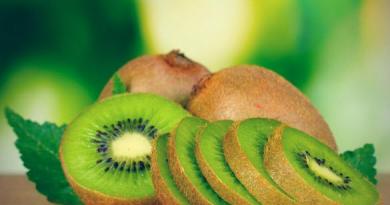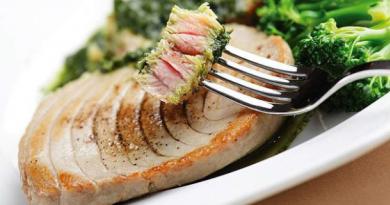Lychee is one of the symbols of the great people of China, where it has been cultivated for over a thousand years. Its red, pink or green skin hides a shiny sweet flesh with a slight bitterness.
The fruits of the evergreen lychee tree are oval in shape, hang in bunches and contain one brown stone.
Lychee fruits contain a lot of carbohydrates in the form of sugars, but very little protein and fat, which makes them very attractive in terms of diet.

Where and how does it grow?
Lychee is sometimes called the Chinese plum, and for good reason. It really looks like a plum, and besides, it is in the south of China that this plant is quite widespread and from there it began its journey to other countries. Now they are found in various countries of Asia, America and Africa. This is an evergreen rather tall plant, usually about 10 meters high, but sometimes higher. Grows in well-drained, fertile soils. It grows quite slowly, begins to bear fruit only at 8-9 years. Fruits abundantly only in dry subtropics. This fruit tolerates a humid tropical climate, but does not give fruits, and it is not possible to grow a full-fledged fruit-bearing plant at home.
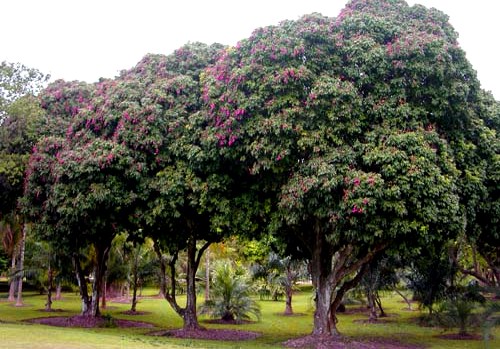
The leaves are oblong, dark green and shiny. It blooms yellowish, with stamens sticking out in all directions, whitish flowers exuding a strong aroma. The flowers are collected in large inflorescences similar to umbrellas, sometimes up to half a meter long.
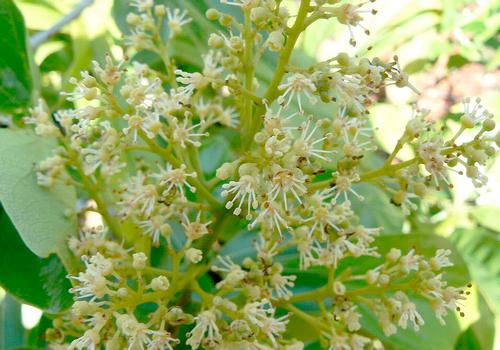
The fruits ripen in June. Despite the fact that the inflorescences are quite large, the fruits are 4-5 times smaller, because most of the flowers crumble. Still, the tree as a whole gives a fairly large yield. When assembling, they pluck the whole fruit and store them on the branches, because separately plucked fruits quickly deteriorate.
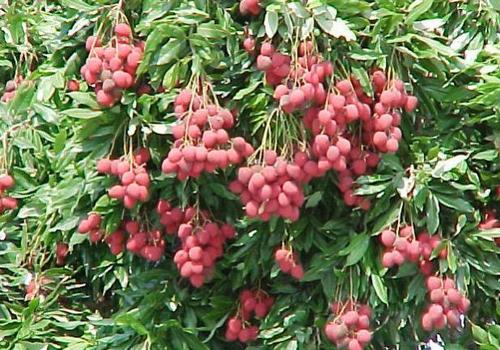
The fruits themselves are relatively small in size - on average, in diameter, somewhere around three to four centimeters. The shape can be both oval and ovoid, depending on the variety. Such a fruit weighs about twenty grams. Outside, they have a rather dense red peel in small pimples. The pulp is white or cream-colored and looks like jelly. Inside is a large brown core. The taste of ripe fruits is sweet and sour, quite pleasant with a bright aroma. Probably because the core stands out brightly in the cut, the Chinese often call this fruit "dragon's eye".
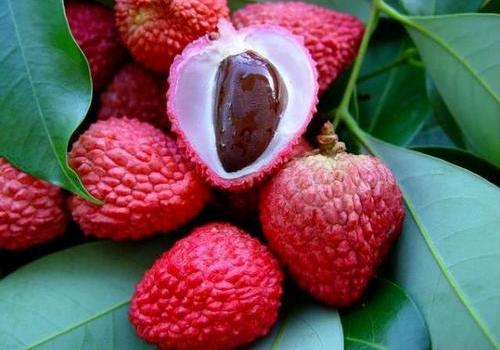
Benefit and harm
By their composition, lychee fruits contain a large number of trace elements: iron, phosphorus, copper, zinc, potassium, calcium, magnesium, sodium, iodine, manganese and fluorine. The sugar content is within 6-14% depending on the place of growth. Also in a small amount there are fats, proteins, carbohydrates and dietary fiber. They contain a sufficient amount of B vitamins, as well as vitamins C, E, H and K. The nutritional value of the product is not more than 75 kcal per 100 grams. Low calorie content, in an inexplicable way, is combined with high satiety. You can eat them in almost unlimited quantities, while satisfying your hunger well, but without getting a lot of calories. This property is indispensable for people prone to fullness.
Given the high content of vitamin C and trace elements of potassium, lychee is acceptable in the diet of people suffering from diseases of the cardiovascular system. In China, it has long been practiced in folk medicine in the treatment and prevention of atherosclerosis. It is effective in lowering cholesterol levels. It is a good tonic for the whole body. It is probably not in vain that the inhabitants of India, Nepal, and Pakistan consider lychee the fruit of love. For this purpose, a decoction prepared from the skin of the fruit is used. Such a decoction is also effective in removing excess fluid from the body, it has a beneficial effect on kidney function.
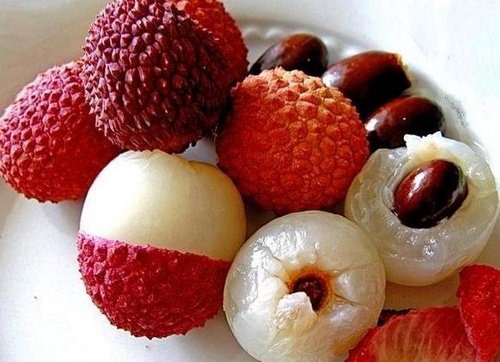
This exotic fruit has a lot of useful properties. It perfectly quenches thirst, especially in the heat. Regulates the work of the stomach and intestines, helping to get rid of constipation. Very well can help people who want to lose weight. It is very useful to eat litchi for people with anemia, diabetes, gastritis, peptic ulcer, liver and pancreas diseases. In Tibetan medicine, lychee with lemongrass is used in the treatment of oncology. It is also effective in lowering blood sugar in diabetics. It is quite enough 10 fruits a day to normalize the level of sugar. In pharmacies, the drug "oligonol" obtained from fruits appeared. It is a good antioxidant, it is recommended for a number of diseases. In addition, it is used to reduce weight and slow down aging.
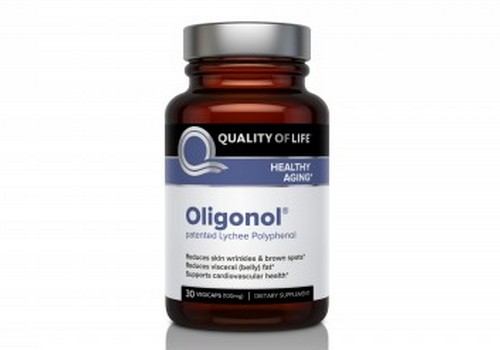
Many Asian countries, given the increased interest in lychee fruits in Europe, began to grow entire plantations of these trees. Harvested with branches can be stored for a long time, which allows it to be transported without problems. Useful properties are stored for a long time in dried and frozen form. Frozen fruits can be stored for more than a month, while they do not lose their taste and healing properties. But nevertheless, when buying, you need to carefully examine the appearance and condition of the fruit. Do not buy if their peel has darkened. Buy only those that do not have external defects and have a rich red color.

Contraindications
Hardly ever. They can be harmful only with individual intolerance. However, you need to know that you should not eat too much of them. Adults are quite enough 200-250 grams per day. For children, this rate is better to reduce to 100 grams. Otherwise, for some, allergic reactions are possible in the form of acne on the skin or on the oral mucosa.

How do you eat lychee?
Usually they are consumed fresh: wash, carefully remove the peel, remove the core, the pulp is ready to eat. In addition, it is very good to add the pulp to sauces and desserts. And if you add it to dry wine or champagne, you get an amazing taste drink. The Chinese make wine from lychee fruits alone, the taste is specific. Perfect for serving fish and meat dishes instead of olives. It goes well with roasted game, lamb, pork. Very good in salads. Bon Appetit!


